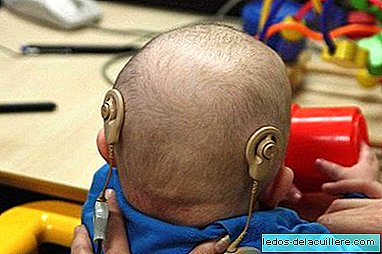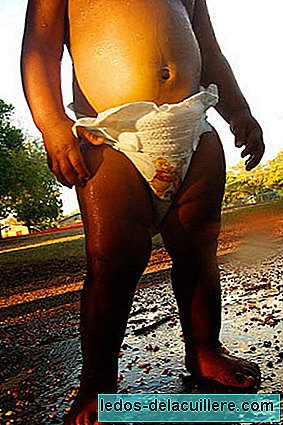
We have already seen that thanks to advances in hearing aids, and especially cochlear implants, the quality of life of children with severe hearing impairments can greatly improve. For this, it is very important to carry out a proper and specific treatment to facilitate the acquisition of new strategies.
Remember that cochlear implants are ideal for those cases in which the hearing problem of the child lies in a deficit in the functioning of the fibers of the inner ear that send the sound information to the brain.
Mainly, the treatment that is carried out once the implantation is decided consists of three steps: surgery, implant programming and rehabilitation. Let's see what each one of them consists a little more.
Cochlear Implant Surgery
In order for our child to benefit from the advantages of the cochlear implant, it is necessary to perform an operation that allows the introduction of the electrodes and fix the implant receiver. This operation is performed while the child is completely asleep and consists of making a cut after the ear and thus being able to place the electrodes and the receiver inside the ear.
The external part of the cochlear implant will be placed approximately one month after the operation, since it is necessary for the operation that has been healed to heal.
The surgery to place the implant is quite safe.; However, like the rest of the operations that can be performed, there are some possible risks that may occur, including some problems with wound healing or infection near the implant site.
Cochlear Implant Programming
Once the postoperative period is over, it is necessary to adapt the way in which the processor will send the stimuli that the child will perceive in their environment. For this, a programming of the implant processor will be carried out, which can be modified whenever necessary, according to the needs of the child.
The parameters that are taken into account when programming the implant are the stimulation mode (that is, how the sound stimuli will reach the child's cochlea: by a channel or by several), the stimulation rate (which consists of the number of pulses per second that each electrode provides) or the hearing threshold and maximum comfort level (the minimum intensity that the child can perceive and the maximum intensity he receives without any kind of damage).
In young children it is difficult to get them to collaborate when doing this programming, so they will perform common children's hearing tests and the PEATC.
In the first days after the initial programming of the implant, there are usually important changes in the child's hearing levels (especially in the maximum level of comfort, since the child adapts to the new sensation of hearing), and after all About six months or so the programming tends to be more stable.
Rehabilitation of the child with cochlear implant
Once the initial programming is finished, the child will begin a more specific rehabilitation It consists of several phases:
- Detection: that is, the child will begin to discriminate between the presence or absence of some sound.
- Discrimination: The child will check if two words, sounds or noises are the same or different, even if he does not understand what it sounds like.
- ID: The child must choose a word that has been said before, which belongs to a list of words.
- Recognition: The child may repeat sentences without requiring prior external support.
- Understanding: The last stage of rehabilitation is that the child performs language tasks, as an understanding of a story, without any external support.
The time with which the child goes through these stages will vary from one child to another, but what does not change is the goal of rehabilitation, which consists of verify that the auditory information received by the child through the cochlear implant is as complete as possible. This specific rehabilitation will be accompanied by periodic schedules of the recipient, as the child progresses.
Conclusion
He cochlear implant treatment, as you can see, its purpose is to get the implanted child to make the most of it, having to become familiar with it and learn to use the sounds that will lead to better communication with the environment of their daily lives.












